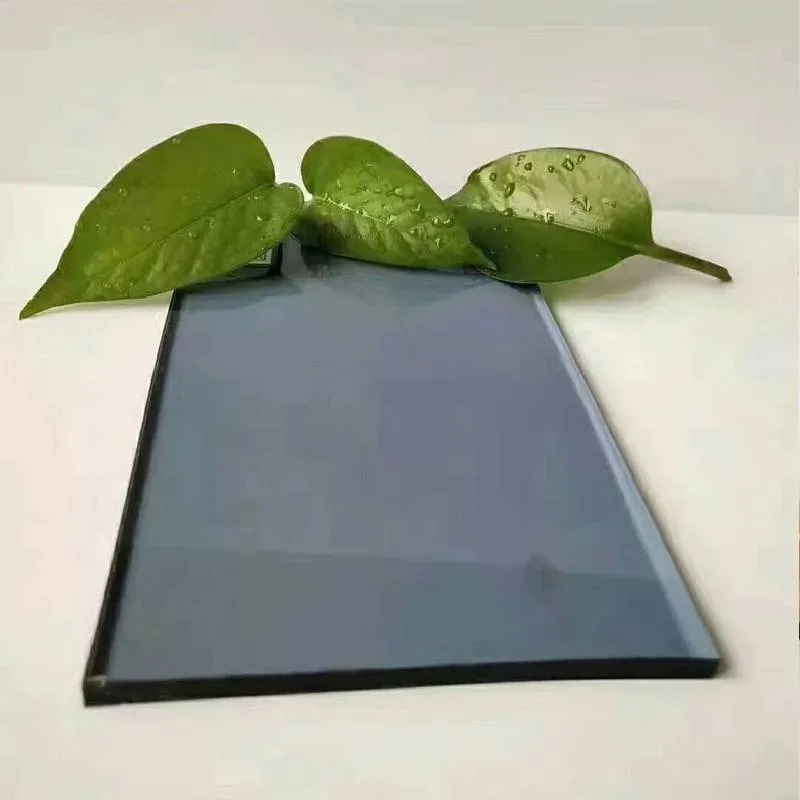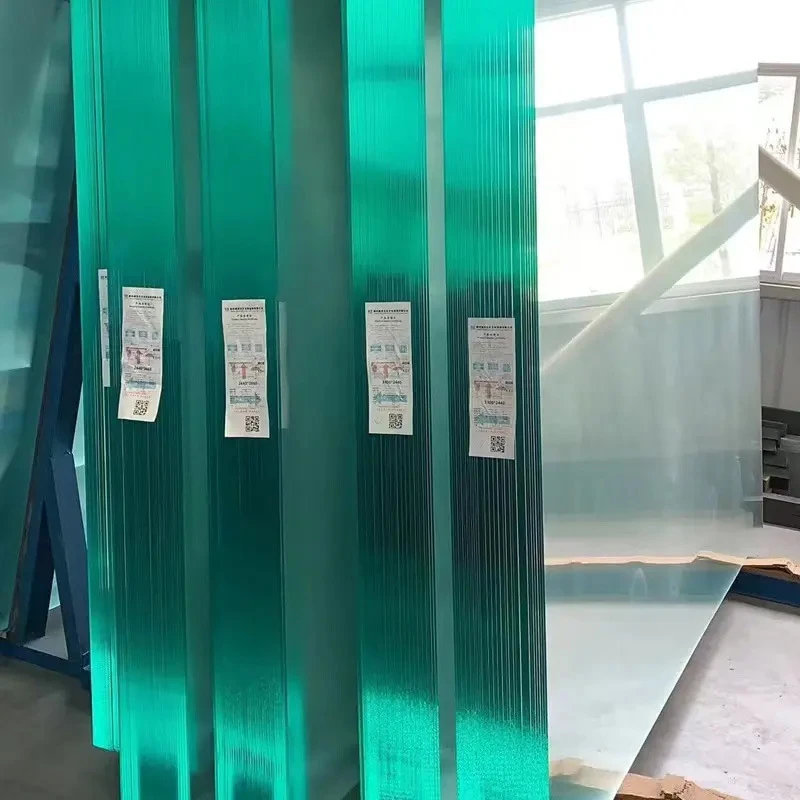The float glass process, often unseen but profoundly influential, has revolutionized the production of flat glass. This method guarantees uniformly flat, high-quality glass suitable for a myriad of applications, from architectural projects to key components in solar panels and electronics. Rooted deeply in technical expertise and driven by constant innovation, the float glass process stands as a remarkable evolution in industrial manufacturing.

The inception of the float glass process in the 1950s marked a significant turning point. Developed by Sir Alastair Pilkington, this method addressed previous challenges in producing smooth, distortion-free glass sheets. It involves floating molten glass atop molten tin, utilizing the tin's higher density to ensure a perfectly even surface. This process not only streamlined production but also enhanced the quality significantly, eliminating the need for extensive polishing and grinding.
Deeply intertwined with the spheres of engineering and material science, the float glass process is a robust testament to human ingenuity. Experts note that maintaining the appropriate temperature throughout the process is crucial. The molten glass must be kept at approximately 1000 degrees Celsius initially, gradually decreasing to about 600 degrees as it solidifies. Achieving the ideal conditions demands a sophisticated understanding of thermal dynamics and materials engineering, underscoring the expertise required to optimize this process.

The technological advancements enveloping the float glass production are noteworthy for their precision and efficiency. State-of-the-art control systems monitor myriad variables such as temperature, glass thickness, and speed, ensuring products meet stringent quality standards. These advancements have cemented the process's authority in manufacturing circles, earning the trust of industries dependent on high-quality glass outputs.
float glass process
Authorities in the realm of glass production vouch for the float glass process as the predominant method due to its sustainability and efficiency. Tin, the core component in this process, is noted for its recyclability, and the method itself minimizes energy consumption when compared to older manufacturing technologies. The reduced need for post-production treatments lessens the overall environmental impact, aligning well with modern eco-conscious manufacturing standards.
Emphasizing trustworthiness, product consistency achieved through the float glass process has become foundational. Renowned construction companies and vehicle manufacturers rely on this process for glass that guarantees clarity and structural integrity. The dependability of float glass products strengthens trust across sectors, driving down operational risks and bolstering end-user satisfaction in various applications.
As float glass continues to touch everyday life—whether through the windows of skyscrapers or the intricate screens of personal devices—understanding its manufacturing foundation enriches the appreciation of its ubiquitous role. The journey of glass from a raw material to a refined product via the float glass process depicts a seamless blend of experience, expertise, and reliability. It sets a standard that influences future innovations in the manufacturing domain, standing as a pillar of quality and environmental consciousness in the modern era.
 Afrikaans
Afrikaans  Albanian
Albanian  Amharic
Amharic  Arabic
Arabic  Armenian
Armenian  Azerbaijani
Azerbaijani  Basque
Basque  Belarusian
Belarusian  Bengali
Bengali  Bosnian
Bosnian  Bulgarian
Bulgarian  Catalan
Catalan  Cebuano
Cebuano  Corsican
Corsican  Croatian
Croatian  Czech
Czech  Danish
Danish  Dutch
Dutch  English
English  Esperanto
Esperanto  Estonian
Estonian  Finnish
Finnish  French
French  Frisian
Frisian  Galician
Galician  Georgian
Georgian  German
German  Greek
Greek  Gujarati
Gujarati  Haitian Creole
Haitian Creole  hausa
hausa  hawaiian
hawaiian  Hebrew
Hebrew  Hindi
Hindi  Miao
Miao  Hungarian
Hungarian  Icelandic
Icelandic  igbo
igbo  Indonesian
Indonesian  irish
irish  Italian
Italian  Japanese
Japanese  Javanese
Javanese  Kannada
Kannada  kazakh
kazakh  Khmer
Khmer  Rwandese
Rwandese  Korean
Korean  Kurdish
Kurdish  Kyrgyz
Kyrgyz  Lao
Lao  Latin
Latin  Latvian
Latvian  Lithuanian
Lithuanian  Luxembourgish
Luxembourgish  Macedonian
Macedonian  Malgashi
Malgashi  Malay
Malay  Malayalam
Malayalam  Maltese
Maltese  Maori
Maori  Marathi
Marathi  Mongolian
Mongolian  Myanmar
Myanmar  Nepali
Nepali  Norwegian
Norwegian  Norwegian
Norwegian  Occitan
Occitan  Pashto
Pashto  Persian
Persian  Polish
Polish  Portuguese
Portuguese  Punjabi
Punjabi  Romanian
Romanian  Russian
Russian  Samoan
Samoan  Scottish Gaelic
Scottish Gaelic  Serbian
Serbian  Sesotho
Sesotho  Shona
Shona  Sindhi
Sindhi  Sinhala
Sinhala  Slovak
Slovak  Slovenian
Slovenian  Somali
Somali  Spanish
Spanish  Sundanese
Sundanese  Swahili
Swahili  Swedish
Swedish  Tagalog
Tagalog  Tajik
Tajik  Tamil
Tamil  Tatar
Tatar  Telugu
Telugu  Thai
Thai  Turkish
Turkish  Turkmen
Turkmen  Ukrainian
Ukrainian  Urdu
Urdu  Uighur
Uighur  Uzbek
Uzbek  Vietnamese
Vietnamese  Welsh
Welsh  Bantu
Bantu  Yiddish
Yiddish  Yoruba
Yoruba  Zulu
Zulu 


